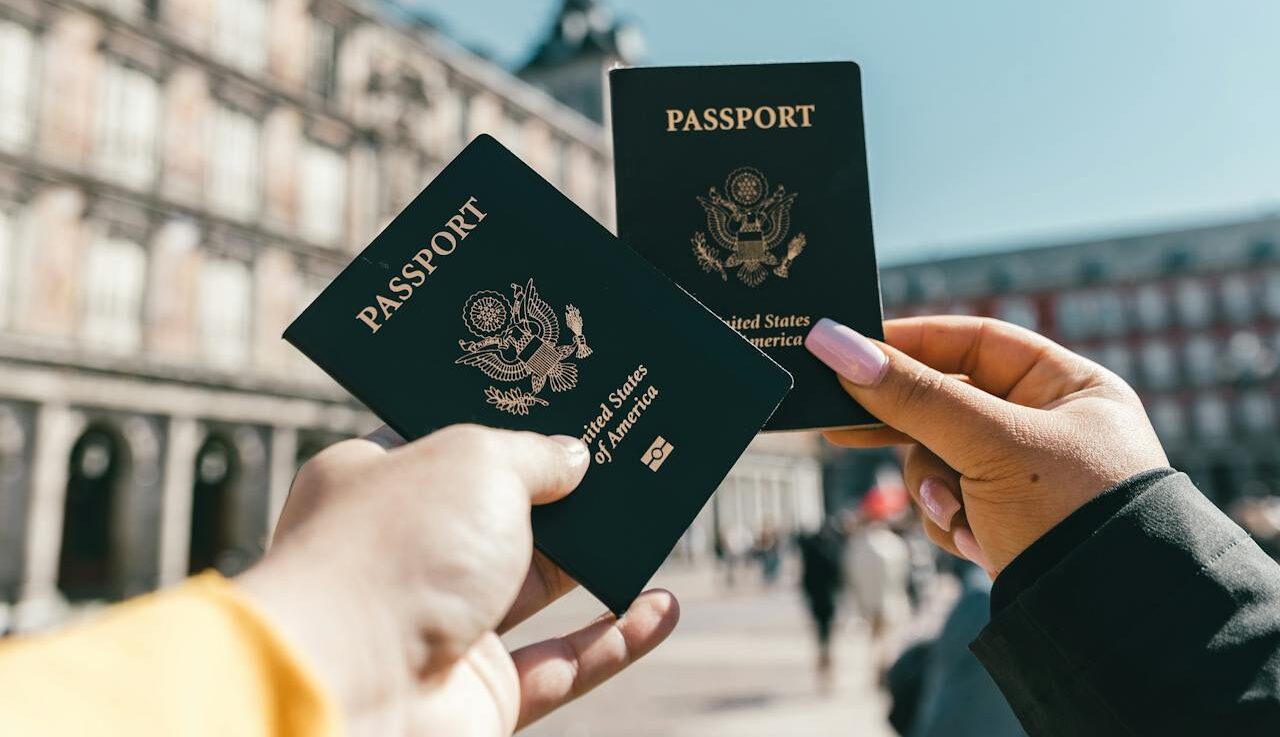A U.S. passport is an official travel document issued by the U.S. Department of State. It serves as both proof of identity and citizenship, allowing U.S. citizens to travel internationally. Here’s what you need to know:
1. Validity
- Adults (16 and older): Passports are valid for 10 years. Some countries require at least 6 months until expiration date or they will not let you in. Make sure to keep it updated!
- Children (15 and younger): Passports are valid for 5 years.
2. Types of Passports
- Passport Book: Allows travel by air, land, and sea to any country.
- Passport Card: A less expensive, wallet-sized card that is only valid for land and sea travel to Canada, Mexico, the Caribbean, and Bermuda.
3. Application Process
- First-Time Applicants: Must apply in person at an acceptance facility (e.g., post office), submit proof of citizenship, proof of identity, and a passport photo, and pay the required fees.
- Renewals: Can typically be done by mail if the previous passport is undamaged, was issued within the last 15 years, and the applicant was 16 or older when it was issued.
How It Affects Traveling to the EU
1. Visa Requirements
- Short Stays: U.S. citizens can travel to the Schengen Area (most EU countries) without a visa for up to 90 days within a 180-day period for tourism, business, or family visits. Starting in 2025, U.S. citizens will need to apply for an ETIAS visa waiver to enter the Schengen Area. This will involve filling out an online application and paying a small fee.
- Long Stays: If you plan to stay longer than 90 days, you’ll need to apply for a visa specific to the country you plan to stay in.
2. Passport Validity
- Your U.S. passport must be valid for at least three months beyond your intended departure date from the Schengen Area.
- Some countries may require six months of validity, so it’s wise to ensure your passport has ample validity before traveling.
3. ETIAS (European Travel Information and Authorization System)
- Starting in 2025, U.S. citizens will need to apply for an ETIAS visa waiver to enter the Schengen Area. This will involve filling out an online application and paying a small fee.
- The ETIAS is not a visa but a pre-screening process similar to the U.S. ESTA for visa-exempt travelers. It will be valid for multiple entries over three years or until the passport expires.
4. Border Control
- Even though U.S. citizens don’t need a visa for short stays, they may still need to show proof of onward or return travel, sufficient funds for their stay, and accommodation details.
5. Dual Citizenship
- If you have dual citizenship with an EU country, you may be able to use your EU passport to enter and stay in the EU with fewer restrictions.
Tips for Smooth Travel
- Check Passport Expiry: Make sure your passport is valid for the required period beyond your stay.
- Plan for ETIAS: Be prepared to apply for ETIAS before your trip starting in 2025.
- Keep Copies: Carry copies of your passport and important documents in case of loss or theft.
- Understand Entry Requirements: Each country may have specific entry requirements beyond those of the Schengen Area.









